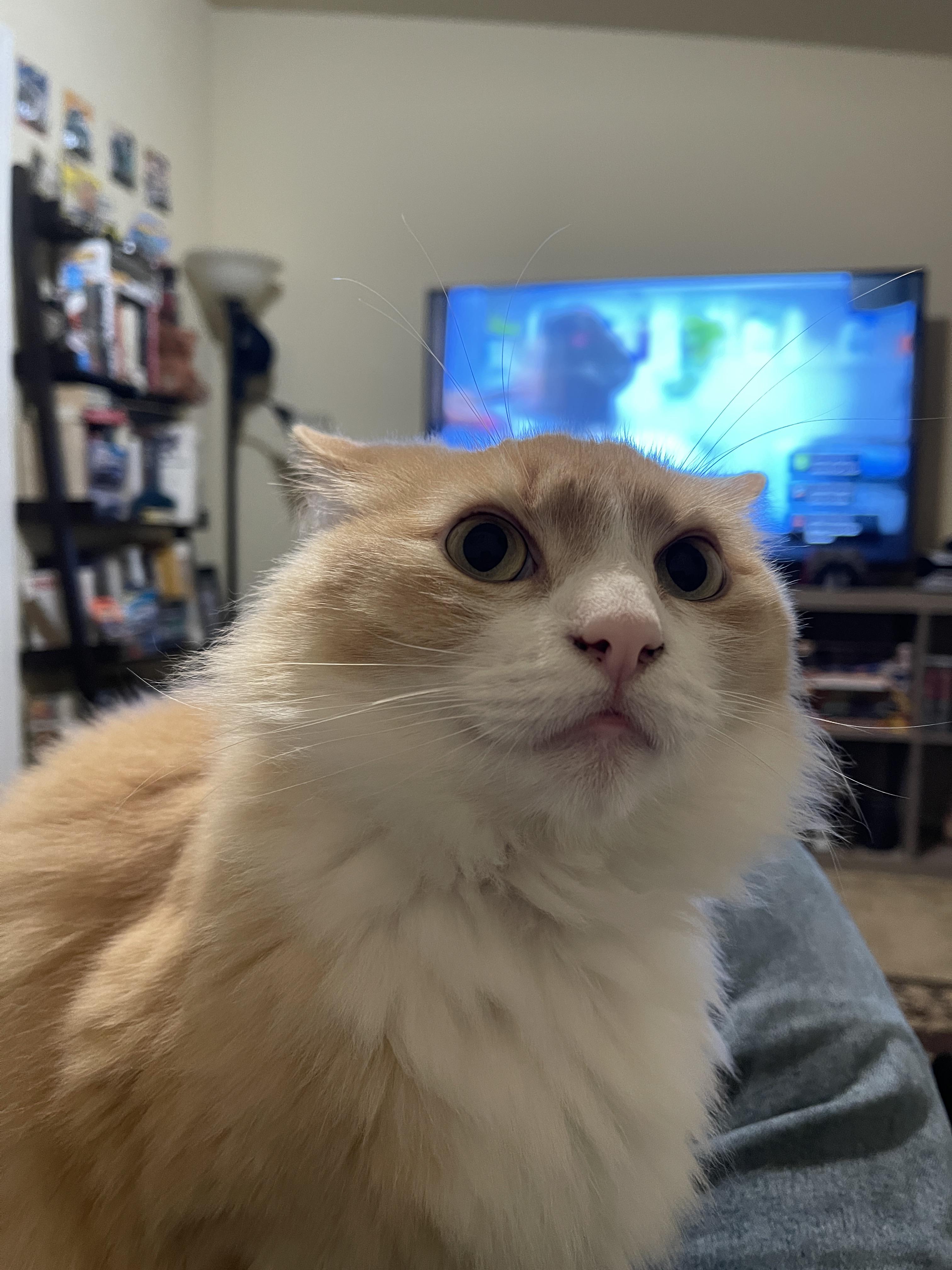Those claiming AI training on copyrighted works is “theft” misunderstand key aspects of copyright law and AI technology. Copyright protects specific expressions of ideas, not the ideas themselves. When AI systems ingest copyrighted works, they’re extracting general patterns and concepts - the “Bob Dylan-ness” or “Hemingway-ness” - not copying specific text or images.
This process is akin to how humans learn by reading widely and absorbing styles and techniques, rather than memorizing and reproducing exact passages. The AI discards the original text, keeping only abstract representations in “vector space”. When generating new content, the AI isn’t recreating copyrighted works, but producing new expressions inspired by the concepts it’s learned.
This is fundamentally different from copying a book or song. It’s more like the long-standing artistic tradition of being influenced by others’ work. The law has always recognized that ideas themselves can’t be owned - only particular expressions of them.
Moreover, there’s precedent for this kind of use being considered “transformative” and thus fair use. The Google Books project, which scanned millions of books to create a searchable index, was ruled legal despite protests from authors and publishers. AI training is arguably even more transformative.
While it’s understandable that creators feel uneasy about this new technology, labeling it “theft” is both legally and technically inaccurate. We may need new ways to support and compensate creators in the AI age, but that doesn’t make the current use of copyrighted works for AI training illegal or unethical.
For those interested, this argument is nicely laid out by Damien Riehl in FLOSS Weekly episode 744. https://twit.tv/shows/floss-weekly/episodes/744


Devil’s Advocate:
How do we know that our brains don’t work the same way?
Why would it matter that we learn differently than a program learns?
Suppose someone has a photographic memory, should it be illegal for them to consume copyrighted works?
Because we’re talking pattern recognition levels of learning. At best, they’re the equivalent of parrots mimicking human speech. They take inputs and output data based on the statistical averages from their training sets - collaging pieces of their training into what they think is the right answer. And I use the word think here loosely, as this is the exact same process that the Gaussian blur tool in Photoshop uses.
This matters in the context of the fact that these companies are trying to profit off of the output of these programs. If somebody with an eidetic memory is trying to sell pieces of works that they’ve consumed as their own - or even somebody copy-pasting bits from Clif Notes - then they should get in trouble; the same as these companies.
Given A and B, we can understand C. But an LLM will only be able to give you AB, A(b), and B(a). And they’ve even been just spitting out A and B wholesale, proving that they retain their training data and will regurgitate the entirety of copyrighted material.